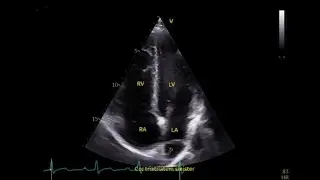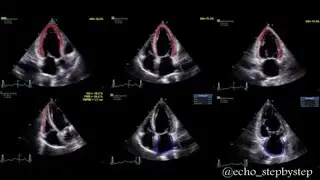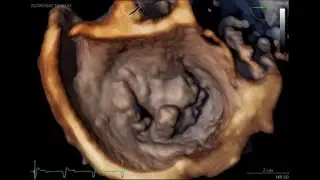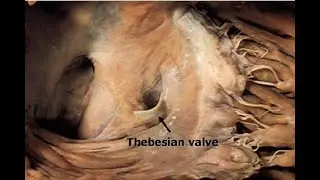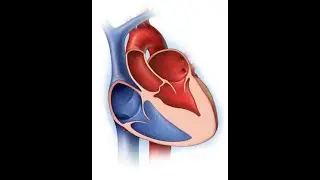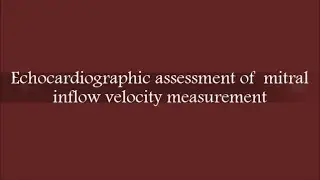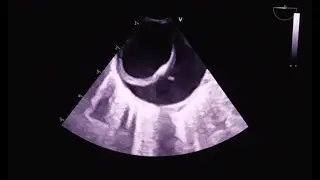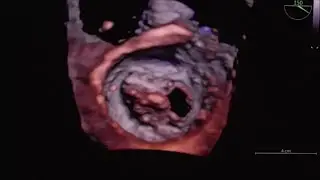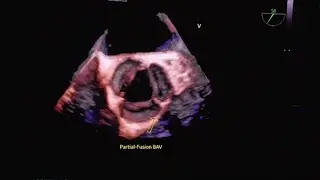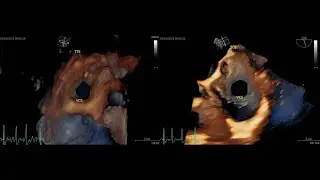Isolated atrial
Cardiac amyloidosis (CA) is now recognized as an important cause of heart failure. Increased wall thickness and diastolic dysfunction of the left ventricle are the most easily detectable manifestations of CA, but amyloid accumulates in all cardiac structures. Involvement of the left and right atria may be due to the haemodynamic effects of ventricular diastolic dysfunction, the effects of amyloid infiltration into the atrial wall, and the cardiotoxic damage of atrial cardiomyocytes by amyloid precursors. Atrial amyloidosis is an early manifestation of CA, and is associated with an increased risk of atrial fibrillation and thromboembolic events. Furthermore, atrial amyloidosis can be found even in the absence of systemic disease and ventricular involvement. This condition is named isolated atrial amyloidosis and is due to a local overproduction of atrial natriuretic peptide. In this review we summarize the evidence on the mechanisms and clinical relevance of atrial amyloidosis.









